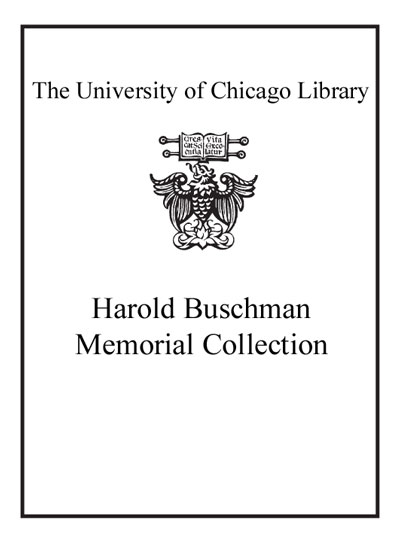Reading the Buddha's discourses in Pāli : a practical guide to the language of the ancient Buddhist canon /
Saved in:
| Imprint: | Somerville, MA : Wisdom Publications, [2020] |
|---|---|
| Description: | xviii, 530 pages ; 24 cm |
| Language: | English Pali |
| Subject: | |
| Format: | Print Book |
| URL for this record: | http://pi.lib.uchicago.edu/1001/cat/bib/12688770 |
| Summary: | Renowned scholar-monk and bestselling translator Bhikkhu Bodhi's definitive, practical guide on how to read ancient Buddhist texts in the original language. <br> <br> Bhikkhu Bodhi's sophisticated and practical instructions on how to read the Pali of the Buddha's discourses will acquaint students of Early Buddhism with the language and idiom of these sacred texts. Here the renowned English translator of the Pali Canon opens a window into key suttas from the Samyutta Nikaya, giving a literal translation of each sentence followed by a more natural English rendering, then explaining the grammatical forms involved. In this way, students can determine the meaning of each word and phrase and gain an intimate familiarity with the distinctive style of the Pali suttas--with the words, and world, of the earliest Buddhist texts. <br> <br> Ven. Bodhi's meticulously selected anthology of suttas provides a systematic overview of the Buddha's teachings, mirroring the four noble truths, the most concise formulation of the Buddha's guide to liberation. Reading the Buddha's Discourses in Pali shares with readers not only exceptional language instruction but also a nuanced study of the substance, style, and method of the early Buddhist discourses. |
|---|---|
| Physical Description: | xviii, 530 pages ; 24 cm |
| Bibliography: | Includes bibliographical references. |
| ISBN: | 9781614297000 1614297002 9781614297017 9781614296973 |

